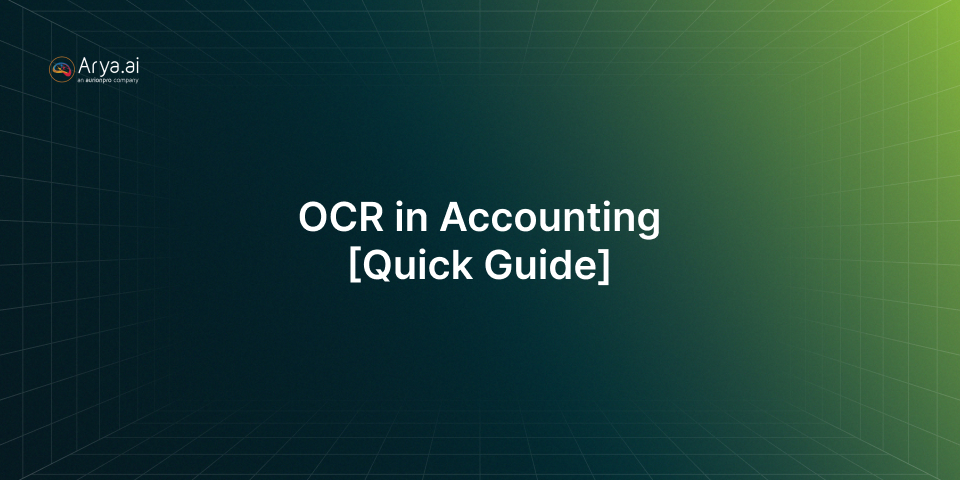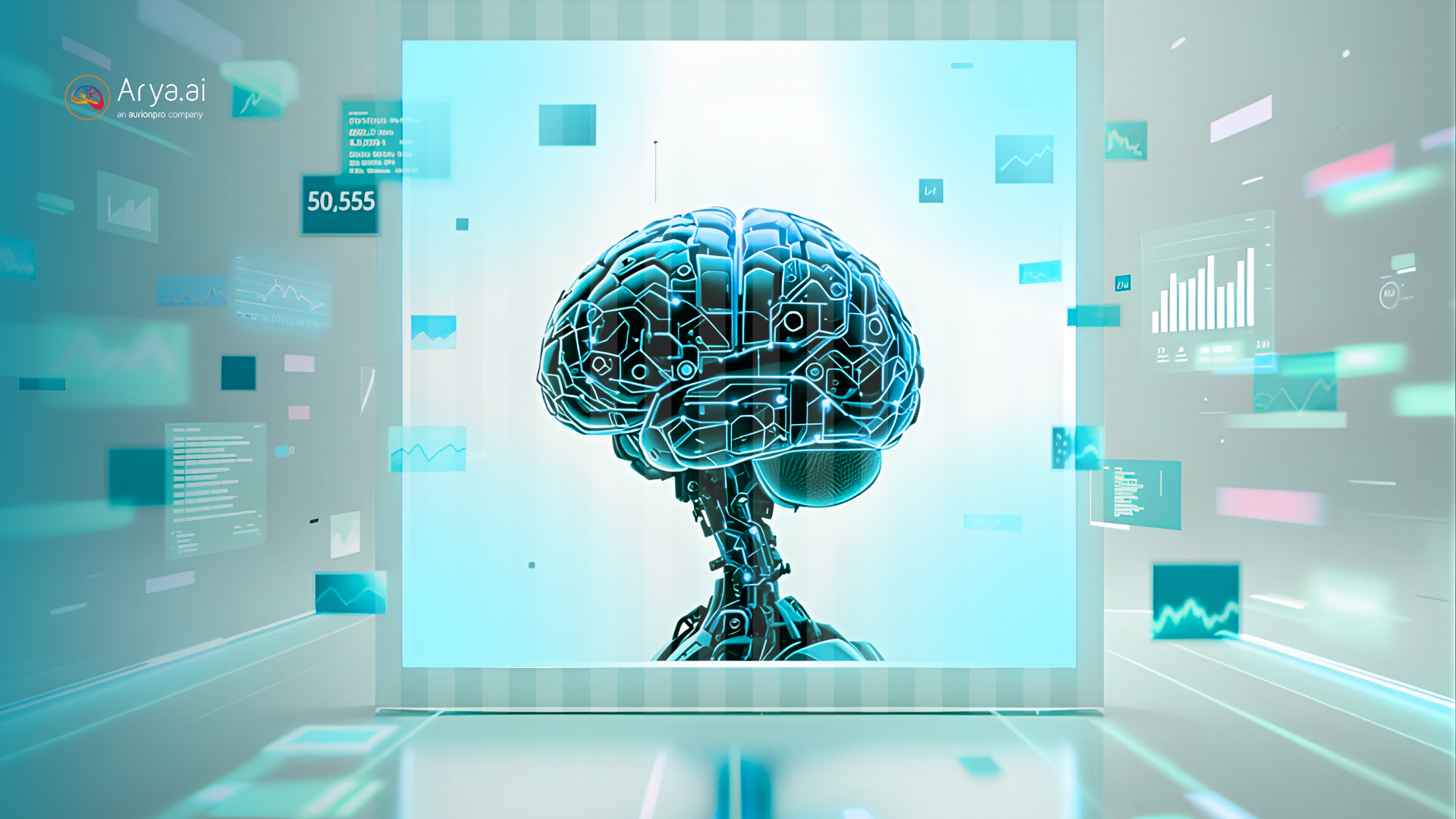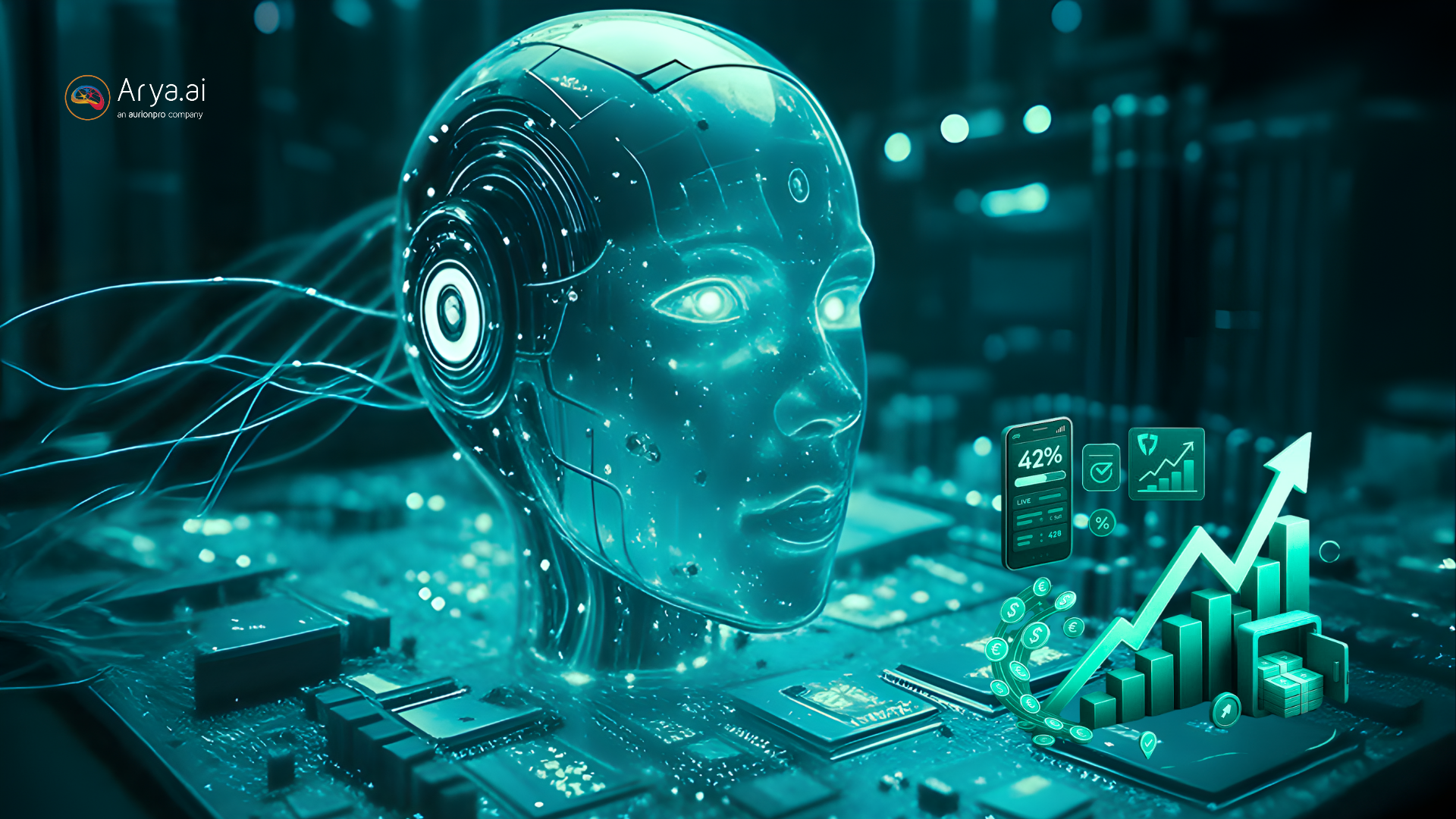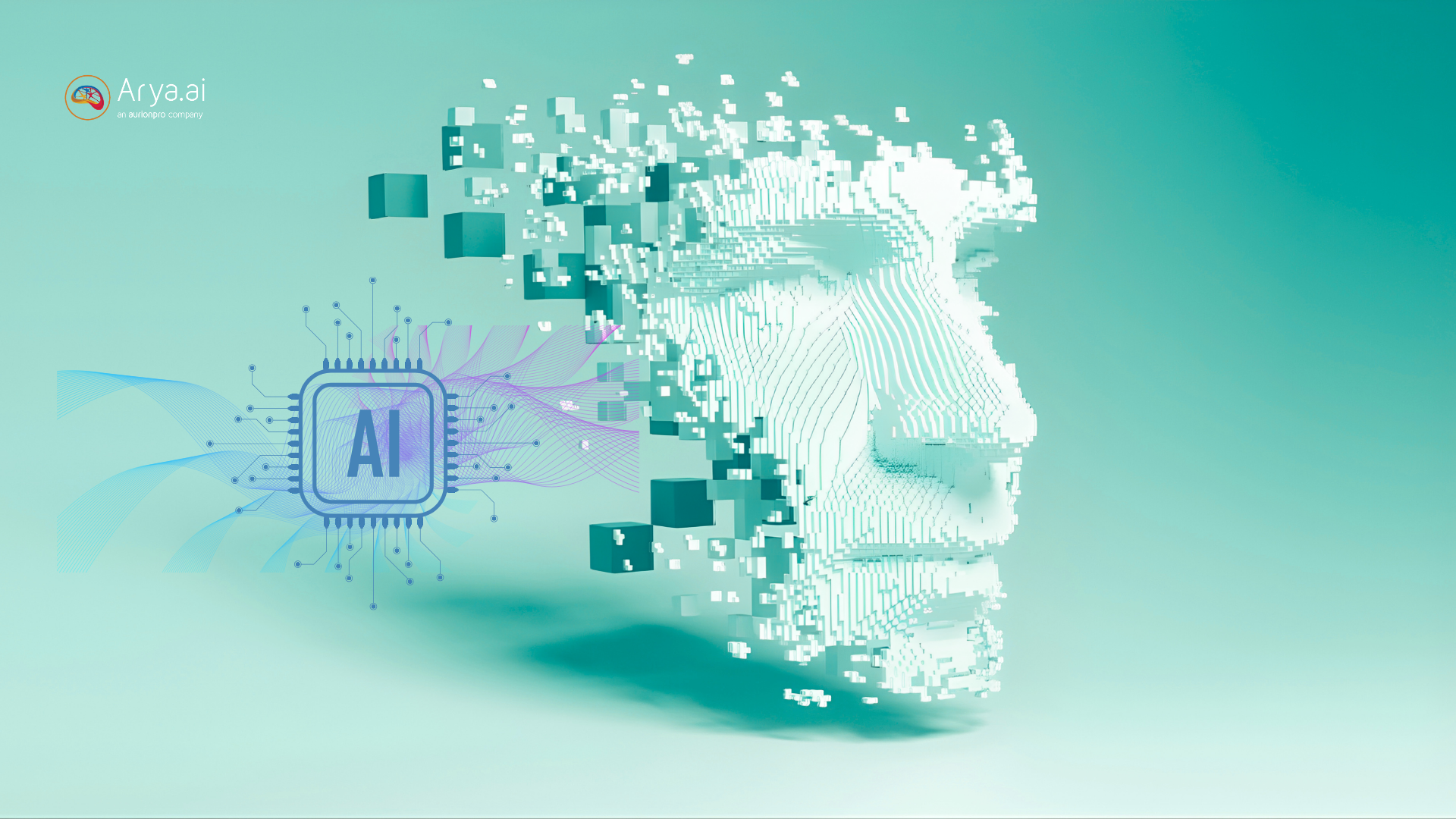
Optical Character Recognition (OCR) is one of the most powerful tools that enable the shift to digitization. OCR is a technology that helps convert various documents like - PDFs, images, etc. - into editable and searchable data.
OCR plays a critical role in various industries, especially finance and accounting. It helps professionals move away from time-consuming manual data entry to automated processes that help reduce speed. OCR also dramatically improves productivity and accuracy in accounting by enabling physical documents to become searchable, analyzable, and actionable. This effectively unlocks financial data stored in these documents with remarkable accuracy and speed.
OCR in Accounting
Before we talk more about the benefits of OCR in accounting, let’s look at the key accounting documents that are enhanced by OCR:
- Invoices: Scanned vendor invoices containing line items, totals, and due dates
- Receipts: Employee or company receipts for travel, meals, and purchases
- Bank Statements: Monthly statements from banks and credit card companies
- Tax Documents: Forms and reports for GST, VAT, or income tax filings
- Financial Statements: Balance sheets, P&L statements, and cash flow reports
These documents often exist either in physical paper formats or PDFs, which is where the OCR technology steps in and helps streamline processing these into accounting systems.
How OCR Works in Accounting: A Step-by-Step Guide
OCR has revolutionized the accounting industry by streamlining the data entry process, reducing manual errors, and enhancing overall efficiency. Understanding how OCR functions enables accounting professionals to leverage the technology to save time, improve accuracy, and optimize workflows within their organizations.
This step-by-step guide will explore how OCR works in accounting, talking about each phase of the process - from image capture to data extraction and integration into accounting software:

- Document capture: Scanned documents or images are uploaded into the OCR system
- Pre-processing: The system enhances image quality by removing noise, adjusting contrast, and aligning skewed text for better recognition
- Text recognition: OCR technology identifies and extracts characters, numbers, and symbols from the document using pattern matching and machine learning
- Data structuring: Extracted data is organized into structured formats like tables or spreadsheets
- Validation and review: The system cross-checks data against predefined rules or databases while users can also manually review low-confidence extractions
- Integration: The structured data is then pushed into accounting platforms such as Tally, SAP, Odoo, Zoho, etc. for further use
Benefits of Using OCR in Accounting
Incorporating Optical Character Recognition (OCR) technology into accounting processes offers numerous benefits that can significantly improve efficiency and accuracy. By automating the conversion of physical documents into digital formats, using OCR in accounting can transform organizations’ financial operations, saving time and money while boosting the overall performance of the businesses.
Let’s look at the various benefits of using OCR in accounting:
- Reducing manual data entry: OCR eliminates the need for tedious typing from physical documents, freeing up accounting staff for more strategic work
- Improved accuracy: By minimizing human error, OCR ensures cleaner data and fewer discrepancies in financial records
- Time and cost savings: Faster processing means lower operational costs and quicker turnarounds in finance cycles
- Compliance & audit readiness: OCR allows for easy archiving and retrieval of financial documents, supporting better audit trails and regulatory compliance
- Seamless integration: Modern OCR solutions easily plug into existing ERP or accounting systems, ensuring a smooth digital workflow without overhauling core platforms
AI-Powered OCR: The Future of Automated Accounting
Traditional OCR relies on static pattern recognition and simply converts printed text into digital text. The process struggles with accuracy and context, especially when dealing with complex or poorly formatted documents.
In contrast, Artificial Intelligence (AI)-powered OCR goes beyond just reading text, but understands context, learns from patterns, and continuously improves its accuracy. AI-powered OCR uses machine learning (ML) and natural language processing (NLP), thereby offering smarter automation, reducing errors, and helping businesses save both time and money in the process.
Let’s take a look at the benefits of AI-powered OCR over traditional OCR technology:
- Document formats: AI-powered OCR can interpret non-standard formats
- Handwritten documents analysis: Traditional OCR struggles in handling handwritten notes and smudged text, which is overcome by AI-powered OCR
- Learning over time: Due to its use of machine learning, AI-powered OCR can learn and adapt from corrections over time
1. Handling Unstructured Data
AI-powered OCR excels in unstructured data processing such as multi-format invoices, receipts in different languages, or even poorly scanned documents. It does so by:
- Recognizing patterns and context
- Learning from past corrections
- Adapting to new document styles automatically
2. Key Features of AI-Powered OCR
AI-powered OCR introduces key features like advanced text recognition, context understanding, and the ability to learn and adapt over time, making it far more accurate and efficient than traditional OCR. These features enable seamless data extraction from complex documents, ensuring better document processing and fewer errors.
- Smart document classification: Automatically categorizes incoming documents (invoice, bank statement, etc.)
- Context-aware Data Extraction: Understands relationships like item-price-quantity in line items.
- Continuous Learning: Improves accuracy as users validate or correct outputs over time
3. AI-Powered OCR in Fraud Detection and Compliance
AI-powered OCR plays a crucial role in fraud detection and compliance by automatically analyzing and verifying large volumes of financial documents for discrepancies, inconsistencies, or signs of fraudulent activity. Its ability to detect patterns and cross-reference data in real-time helps businesses stay compliant with regulations, reduce risk, and ensure that financial records are accurate and trustworthy.
Use Cases of OCR in Accounting
OCR technology is transforming accounting by automating routine tasks and improving accuracy across various financial processes. In this section, we’ll explore some of the most impactful use cases of OCR in accounting, highlighting how it’s revolutionizing everyday operations. Let’s take a look at a few specific use cases of OCR in accounting:

- Invoice processing: OCR enhances invoice processing by automating accounts payable workflows such as extracting vendor details, invoice numbers, dates, line items, tax breakdown, and totals
- Bank statement reconciliation: OCR reads transaction details and matches them against accounting records, enabling fast and accurate reconciliation
- Expense management: Employee receipts are scanned and automatically categorized for faster approvals and reimbursements
- Tax compliance: Tax forms and payment receipts are digitized, speeding up tax return filing and ensuring better recordkeeping for audits
- Audit automation: Archived digital records make it easier for auditors to locate and verify financial transactions without manual digging
How Businesses Can Choose the Right OCR Solution for Their Accounting Needs
Choosing the right OCR solution for organizations for their accounting needs is a critical decision that can significantly impact the efficiency and accuracy of their financial processes. Businesses need to carefully evaluate various factors, from document volume and data accuracy to integration capabilities and ease of use. Here are the key factors that enterprises need to consider before choosing the ideal OCR solution:
- Accuracy rate: The right OCR technology for businesses needs to have high accuracy, especially in recognizing numbers, currency, and financial terms
- AI and ML capabilities: Businesses need to adopt the OCR solution tool that has adaptive learning features to handle variations in document formats and layouts
- Integration with accounting software: Organizations must make sure that the OCR integrates with their existing tools, such as SAP, Zoho Books, or custom ERP platforms
- Security and compliance: Due to the sensitive nature of financial data, the right OCR provider for businesses needs to adhere to regulations such as GDPR, SOC 2, or ISO certifications.
- Scalability for enterprise use: The tool should be able to handle growing document volumes and support multi-user environments
By carefully evaluating these aspects, enterprises can ensure that their chosen OCR technology will optimize their accounting workflows and deliver long-term value.
In accounting, OCR is not just a convenience, but a competitive advantage. Whether it is handling thousands of invoices or preparing for a rigorous audit, OCRs, especially modern AI-powered solutions, can dramatically improve speed, accuracy, and control over financial data. By choosing the right OCR platform like Arya AI, enterprises can future-proof their accounting processes and focus on driving smarter financial decisions.





.png)





.png)




.png)
.svg)


